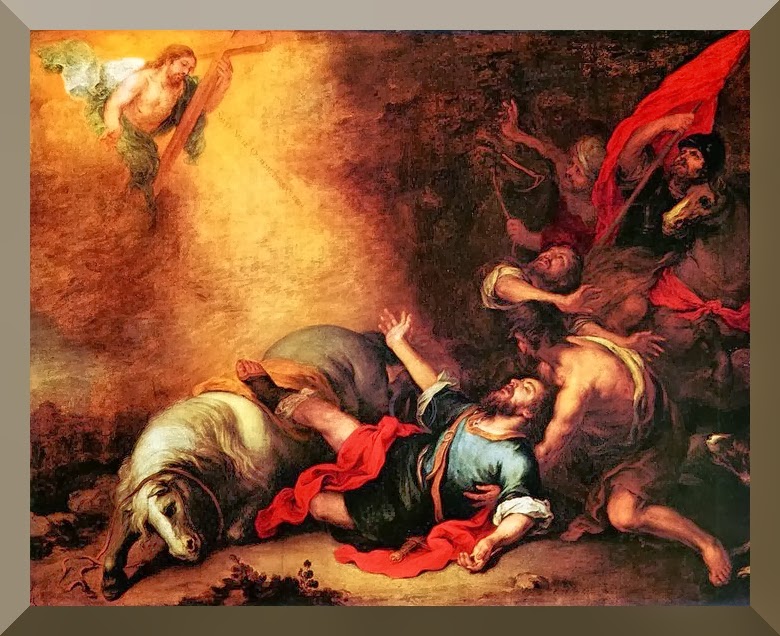Vatican
City, 31 March 2014 (VIS) - This morning a press conference was held
in the Holy See Press Office to present the initiatives forming part
of the preparations for the canonisations of Blesseds John XXIII and
John Paul II, to be celebrated on 27 April. The speakers were
Cardinal Agostino Vallini, vicar of His Holiness for the diocese of
Rome, along with Msgr. Giulio Dellavite, secretary general for the
Curia of Bergamo, Msgr. Walter Insero, head of the Office for Social
Communications for the Vicariate of Rome, and Fr. Federico Lombardi
S.J., director of the Holy See Press Office.
The
initiatives will include a digital platform, the aim of which is to
enable the faithful and pilgrims to have access to news and
information regarding the ceremonies as well as a series of spiritual
reflections on the life and teachings of both popes. Indeed, the
official site www.2papisanti.org is an almost-completed portal which
offers contacts, sections for press offices, information, videos and
images as well as biographical documentation on John XXIII and John
Paul II. It will be available in five languages: Italian, English,
French, Spanish and Polish.
The
application entitled "Santo Subito", which may be
downloaded free in both Android and IOS formats (in Italian, English,
Spanish and Polish) and whose title draws on the famed saintliness of
both Popes even during their lifetimes, will offer logistical
information, as well as access to the main news on the canonisations,
and will allow material relating to the various liturgical events to
be downloaded.
Existing
media include:
Official
page of the Postulation with content in five languages:
Official
Twitter page with content in five languages:
YouTube
channel for the Postulation:
Portal:
www.karol-wojtyla.org
This
latter, developed in 2011 for the beatification of Karol Wojtyla,
gives a detailed illustration of the stages in the canonical process
leading to the recognition of the saintliness of John Paul II and is
available in several languages: Italian, English, French, Spanish,
Portuguese, Polish and Romanian.
The
parallel project #2popesaints, realised in collaboration with the
students of communication sciences from the Roman university LUMSA
involves a series of networks enabling young people to get to know
the lives, teachings and testimony of faith of the two new saints.
There will be a Facebook page entitled 2popesaints; on Twitter, the
account @2popesaints; on Instagram, #2popesaints; and on YouTube,
2popesaints. Every day each one of the above will propose a theme
relating to both popes in the media, starting from 16 April until the
canonisation, and each event will be transmitted live on each
network.
On
Google+ there will be the possibility of following in a "hangout"
the daily briefings during the week leading up to the canonisation. A
QR code will also be created to allow rapid access to the site
2popesaints.org. The initiative "Rome connecting to the World",
a form of "twinning" between the faithful arriving in
Rome and the young people of the city, will make it possible to get
to know the most important locations in Rome along with the history
of John XXIII and John Paul II, providing information on the Facebook
page.
In
the diocese of Rome, on 22 April in the Basilica of St. John Lateran,
Cardinal Agostino Vallini will preside at a meeting addressing young
people, with the postulators for the causes of both saints: Msgr.
Slavomir Oder (John Paul II) and Fr. Giovangiuseppe Califano (John
XXIII). On 26 April, starting at 9 p.m., there will be a "White
night of prayer" and the churches throughout the centre of
Rome will remain open for prayer and confession in various languages.
Similarly,
the diocese of Bergamo will pay homage to XIII with the initiative
"Le Opere Segno", a series of activities dedicated to
charity, human development and solidarity which affect daily lives.
They include an aid project for Haiti to guarantee three years'
education in the John XXIII school; an invitation to priests to
contribute a month's salary and all the alms collected by the parish
communities on 27 April to a fund set up in aid of families afflicted
by the economic crisis; and the commemoration, on 12 April, of the
publication of the encyclical "Pacem in Terris", to be
attended by ambassadors representing the countries where Angelo
Roncalli carried out his diplomatic mission as an apostolic nuncio
(Bulgaria, Turkey, Greek and France), and which will be presented by
Jacques Delors, former president of the European Commission.
You
can find more information at: www.visnews.org
The
news items contained in the Vatican Information Service may be used,
in part or in their entirety, by quoting the source:
V.I.S.
-Vatican Information Service.
Copyright
© Vatican Information Service 00120 Vatican City





